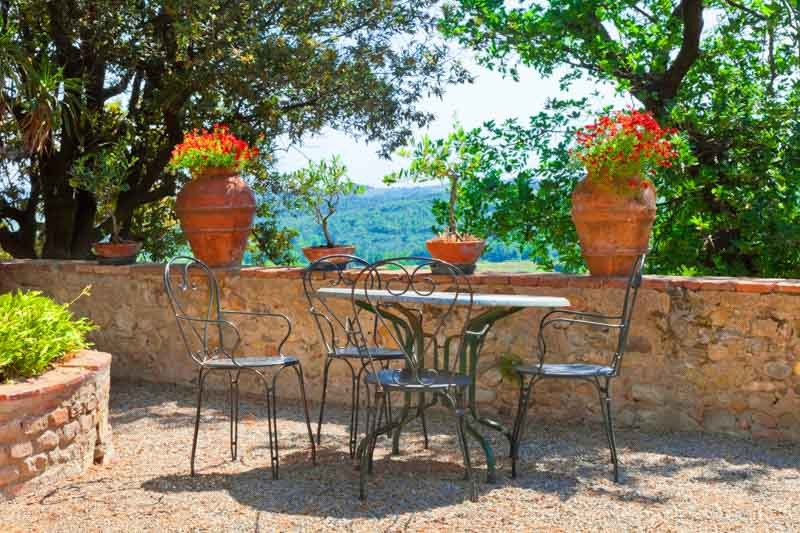Italy - The Best Plants to Grow in Your Garden
Choosing plants for your garden in Italy necessitates an understanding of the country’s varied climate, weather patterns, and hardiness zones. Italy’s climate varies from a Mediterranean climate in the south and coastal areas to a more temperate continental climate in the north and mountainous areas.
- Hardiness Zone: Italy spans USDA hardiness zones 7 to 11. Understanding your specific zone can help guide your plant selection, ensuring they can survive Italy’s winter lows.
- Climate: In the south and coastal areas, summers are typically hot and dry, while winters are mild and wet. This climate favors Mediterranean plants like olive trees, lavender, rosemary, and Italian cypress. The northern regions, including the Alps and Apennines, have cooler, more temperate climates where plants such as azaleas, rhododendrons, and deciduous trees thrive.
- Weather Patterns: Italy experiences its highest rainfall during the winter and autumn. For southern and coastal areas with long, hot summers, drought-resistant plants are ideal.
- Soil Conditions: Soil conditions can vary significantly across the country. Coastal areas have sandy soil, while clay soil is more common inland. Understanding your garden’s soil type will help inform which plants will thrive.
- Sun Exposure: Italy enjoys high levels of sunlight, especially in the south. Plants selected should be suitable for the amount of sun exposure in your garden.
- Native Plants: Incorporating native plants like Italian buckthorn, myrtle, or Tuscan rosemary can be advantageous as they’re adapted to the local climate and support native wildlife.
- Invasive Species: Be careful not to introduce invasive species that might harm local ecosystems.

